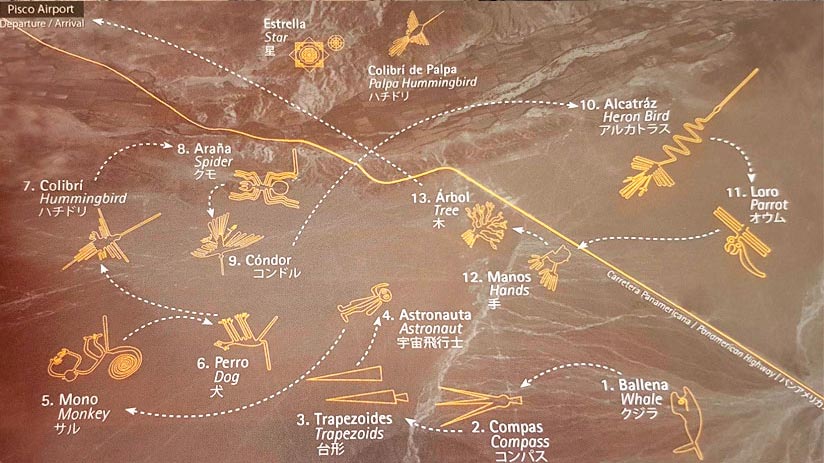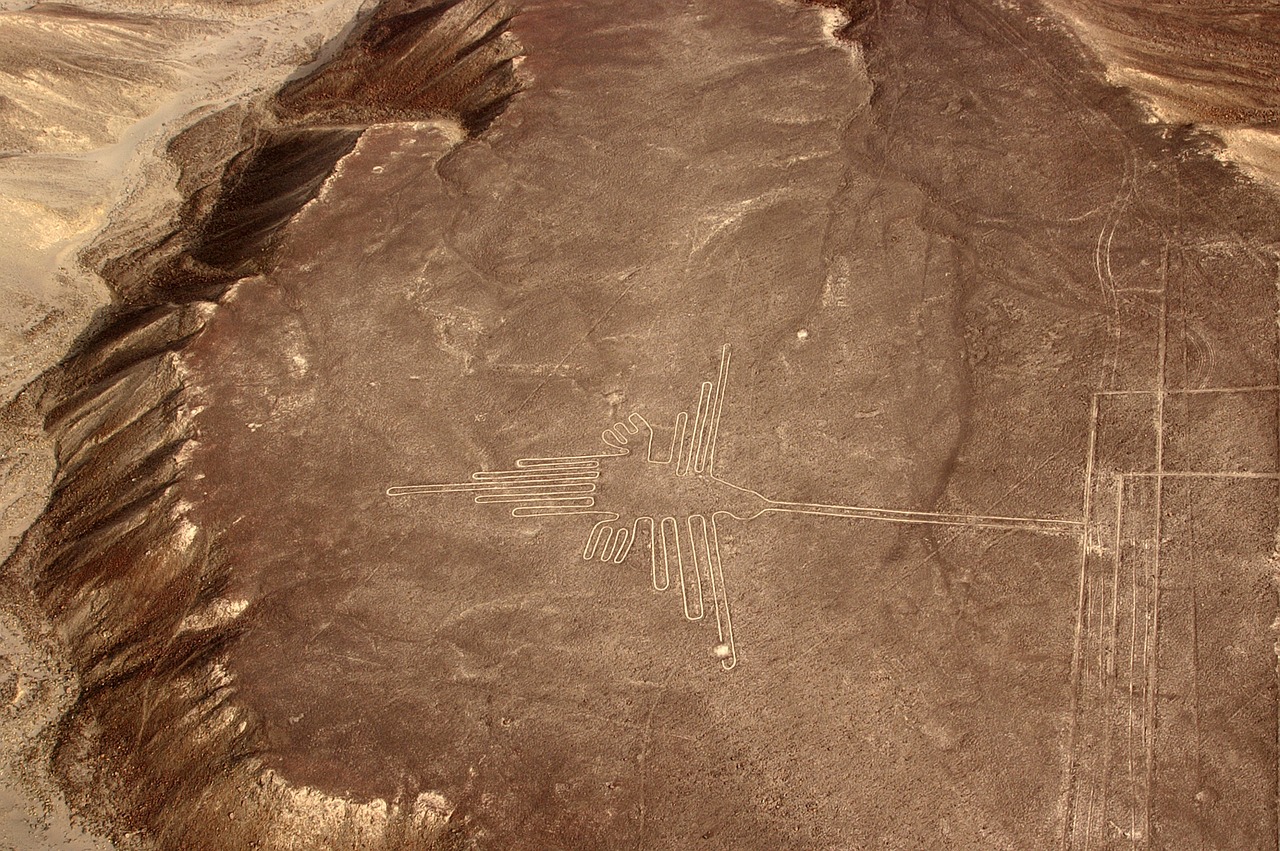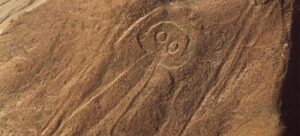Peru as a whole is known to have had its fair share of ancient cultures, however none can match the mysterious nature of the Nazca civilization.
Whilst they shared the same impressive architectural know-how as others like the Inca and Moche people did, the Nazca were also unique in many of their own ways too. This includes the ways that they carried out mummification of their past loved ones, as well as having been believed to have created the infamous Nazca Lines hieroglyphs.
In this guide we’ll explore everything you need to know about the Nazca civilization. This includes who they were, the ancient beliefs they once held as well as what caused their eventual demise.
Table of Contents
Who Were The Nazca Civilization?
Endemic to the current-day region of Nazca in Peru, the Nazca civilization first began around 100 B.C and thrived here for over 700 years (until their eventual decline in 800 A.D).
The heart of the empire was focused around Cahuachi, which was an important ceremonial site where some of the more advanced architectural designs were created. It was believed that at the height of the empire, there were around 25,000 people of the Nazca culture living throughout the region in the large cities as well as in the remote smaller desert towns.
Given the demanding and harsh conditions of living in the desert, this culture made large advancements in their designs of pottery and structural designs. This allowed them to better conserve water suppliers which would have otherwise dried up.
Be sure to learn more interesting facts about the Nazca people.
What Happened To The Nazca Civilization?
Whilst most declines of ancient cultures can be attributed to conquests and wars, in the Nazca’s case it was actually caused by shifts in the environment and local climate.
The global phenomenon of El Niño was particularly strong in the late 7th century, causing widespread flooding that destroyed many areas. It was also believed that they themselves were to blame as they cut down huge numbers of trees which caused mass erosion and the drying-up of their irrigation systems.
After the decline and abandonment of the region by the Nazca, this arid desert region was then ruled by the Wari tribe for around 200 years. They were then eventually conquered by the Inca around 1000 A.D.

Nazca Civilization FAQ
In this section we’ll now explore the most frequent questions we get about the Nazca civilization who once flourished in ancient Peru. These facts are especially useful to know before heading to Nazca and seeing many of the incredible feats that they created.
Are Nazca And Inca The Same Cultures?
The Nazca predates the Inca culture by some 1000 years, and had no original connection between them. Whilst the Nazca were concentrated just within the Nazca region, the Inca empire at its height once included all of Peru, with its influence reaching as far north as Colombia and as south as Chile. They did however share many similarities such as their advancements in structural architecture, as well as their keen senses of resourcefulness.
What Were The Nazca People Best Known For?
The Nazca brought a large influence on pottery and textiles during these early periods, which included more robust designs and colorful patterns. Whilst it can’t be 100% proven as of yet, it’s largely believed that the Nazca civilization were responsible for creating the giant Nazca Lines in the nearby desert. Covering a giant area of 50km2, today we can still see over 300 of these incredible geometric designs.
What Gods Did The Nazca Civilization Have?
Similar to many of the other ancient cultures that once existed in Peru, the Nazca also held their own particular spiritual beliefs. These mostly centered around the deities of the Killer Whale, the Serpentine, the Harvester and the Mythical Spotted Cat. People of the Nazca civilization would often worship these gods in order to receive help with agriculture, as well as for reasons associated with prosperity and fertility. They would also have Shamans that would consume San Pedro as a way of having visions and communicating with them.

Overview Of The Nazca Civilization
And that’s all for this guide on who the Nazca civilization were, and how they once flourished in the ancient times of Peru.
Dating back over 2000 years ago, the Nazca were an intriguing culture that once inhabited the arid plains of Southern Peru. Not only were they believed to have created the legendary Nazca Lines, they also made large developments in the creations of pottery and textiles.
Are you looking to explore the Nazca Lines in Peru? One of the most mysterious creations in all of South America, you can learn more about our incredible day tour from Lima which includes an overflight over the hieroglyphs.





